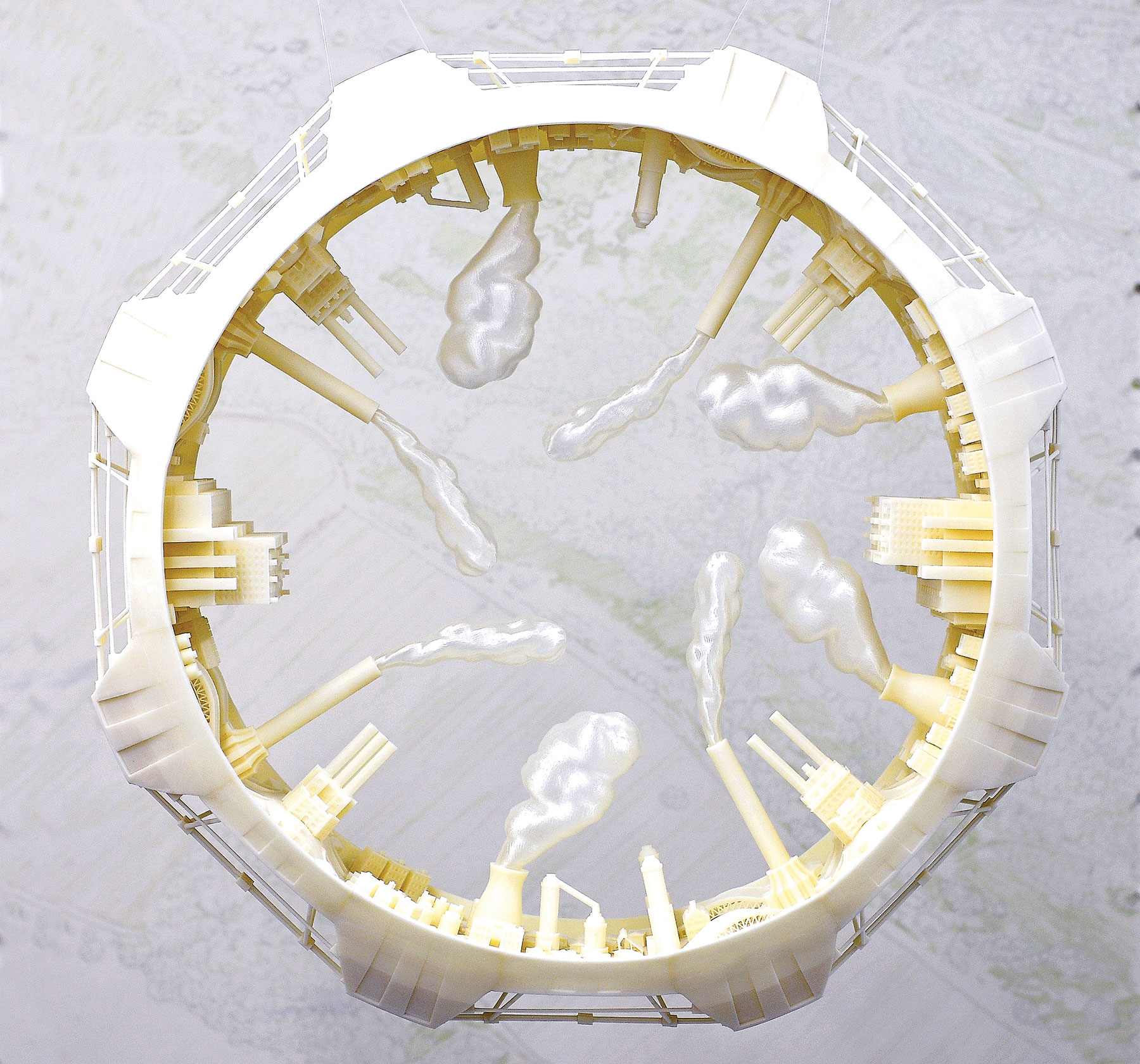People often claim 3D printers can “make you anything you can imagine.” Dial up the digital model you want, hit “Go,” and the machine hums to work, producing an object, accurately and repeatably. But as an astute 8-year-old pointed out to me when I handed her two of my favorite printed models at Maker Faire Bay Area last year, the results don’t always match your intentions.
“That octopus is red! A TARDIS is not supposed to be yellow!” she wailed and knocked my offerings away.
While overall shape and mechanical fit are valued more highly than surface treatment in today’s desktop 3D printing, it’s sometimes worth judging a print by its cover.
I’m reminded of advice I got from a pair of industrial design professors at Pratt, after I showed them my print of a fluorescent-green clockwork mechanism: “It is worth enormous effort to make prototypes look like they were created from real-world materials.” Even the most creative engineers and businesspeople will have difficulty seeing your prototype as a “machine” when it looks like a toy.
The domain of finishing techniques for 3D printed objects (i.e., everything that takes place after printing) is the craftsman’s workshop, where patience, tools, skills, and experience can transform the raw products of these machines into fully realized models. Like builders of dollhouses and model trains, many 3D printer jocks appreciate a loving and accurate rendering of a miniature world.
The results are impressive, but why should you tackle these craft skills when you could spend that time printing more plastic objects?
Makers who have mastered finishing techniques are granted wizard status by fellow 3D practitioners. Take artist Cosmo Wenman, who creates pieces that accurately mimic distressed metals and stones. And sculptor Jason Bakutis, whose sanded, painted, and polished faux marble and jade prints look remarkably like the real thing. Through careful work, pieces printed in crazy pink, green, and translucent filaments are made to resemble clay, stone, metal, and wood. How do they do that?
The desktop 3D printing community has a lot to learn from the sculptors, model railroad builders, and tabletop gamers now joining their ranks. And as my professors pointed out, these extra steps aren’t just cosmetic. Your capacity to transform your models into “magical” replicas is a crucial means of communicating your inventions.
TOOLS & MATERIALS
- Benchtop vise e.g., PanaVise
- Pliers, combination aka lineman’s pliers
- Pliers, needlenose
- Multitool
- Safety goggles I like DeWalt’s DPG82-11C clear anti-fog model.
- Respirator for sanding/particulates I use 3M’s 8511 particulate respirator.
Friction welding:
- High-speed rotary tool with 1/8″ and 3/32″ collets e.g., a Dremel
- Filament for 3D printer, ABS or PLA
Heating/Reworking:
- Hot air SMD rework station, or other small heat gun
- Soldering iron and solder
- Brass tube to fit snugly over your soldering iron tip
- Metal plate or mirror (optional) for fast cooling
- Nail, steel, large for cooling/pressing
Trimming/Grinding:
- Deburring tool I use Noga’s heavy duty NG-1 model.
- Flush cutters aka diagonal pliers or wire cutters
- Files, narrow, diamond grit
- Coffee/spice grinder, for grinding filament
Sanding/Polishing:
- Sandpaper: 80/100, 150, 220, 320, and 500 grits
- 3M Wetordry Polishing Papers
- Micro-Mesh Soft Touch Pads and Colored Sanding Sticks
- Sanding/polishing/buffing disks for rotary tool
- Novus Plastic Polish Kit
Filling/Gluing/Painting/Sealing:
- Acetone for use with ABS objects (not PLA)
- Resealable container, acetone-resistant
- Enamel hobby paints such as Testors
- Acrylic paints
- Clear-coat spray paints I use Krylon Crystal Clear Acrylic, Matte Finish, and Triple Thick Crystal Clear Glaze; and Rust-Oleum Matte Clear and Gloss Clear.











